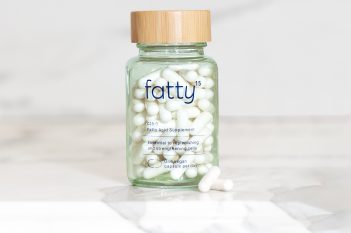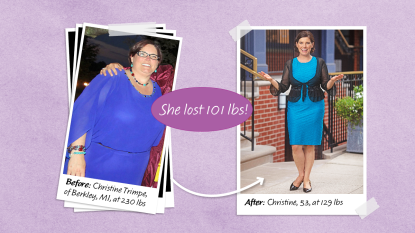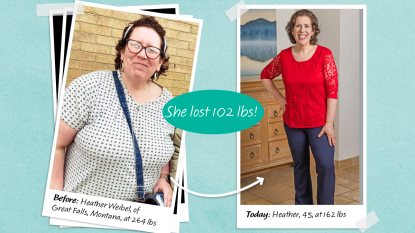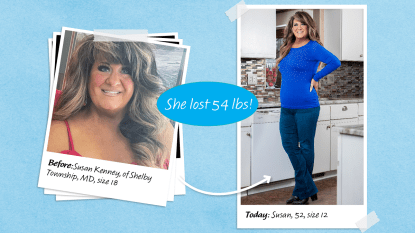Fiber May Be the Key to Finally Losing Those Pesky Extra Pounds

If you think fiber is something elderly people add to their water to stay regular, it’s time to take another look at this nutrient. Fiber – a plant-based carbohydrate that can’t be digested and passes through the body relatively intact – has numerous health benefits including lowering your risk of heart disease, diabetes, and some types of cancer.
It also helps in weight loss.
“Fiber is the indigestible part of the carbohydrate which means our bodies can’t break it down into glucose, or sugar, the way it does other carbohydrates,” says Alix Turoff, a registered dietician and nutritional coach. “High-fiber carbohydrates are broken down more slowly, leading to a more controlled release of glucose into the blood.” Because fiber helps to regulate blood sugar, it also helps to manage hunger.
For weight loss purposes, fiber helps us feel full without contributing calories to the diet. “Once ingested, fiber absorbs water in the stomach and expands, helping one feel full,” says Jeje Noval, a registered dietitian and assistant professor of nutrition and dietetics from Loma Linda University.
Currently, American adults are getting a paltry 10 to 15 grams a day. The USDA recommends that women under 50 get 25 grams of fiber a day, and those over 50 should consume 21 grams a day.
It sounds like a lot, but getting that amount isn’t too tricky. A cup of blueberries has four grams of fiber, while a half-cup serving of Fiber One cereal has 14 grams. Pair that with a cup of Greek yogurt and you’ve gotten more than half your daily requirement just at breakfast.
Other high-fiber foods include beans, whole grains, leafy greens, cruciferous vegetables like broccoli, cauliflower, and Brussels sprouts. A big salad at lunch and a side of veggies at dinner should get you to your goal.
To capitalize on fiber’s weight-loss abilities, Tanya Zuckerbrot, MS, RD, created the F-Factor Diet, a high-fiber program that focuses on net carbs, allowing one to eat the carbohydrates necessary for energy without gaining weight.
“Net carbs are total carbohydrates minus fiber, because fiber is the indigestible part of the carbohydrate,” says Zuckerbrot. “The goal is to keep net carbohydrates low. By doing this you avoid eating carbohydrates in excess of what the body needs to function, while still adding fiber to the diet. This ensures the body gets enough carbs to fuel its involuntary and voluntary activities, without leading to weight gain, and can even set the body up to burn fat for fuel.”
F-Factor calls for eating breakfast, lunch, snack and dinner daily and combining fiber and protein at each meal. As long as you are staying within your net-carb range (35 grams per day) and consume at least 35 grams of fiber a day for the first two weeks on the program, you can dine out, drink alcohol and eat regular meals. You can add in more carbs after the initial two weeks.
“Clinical evidence shows that fiber and protein have a high satiety benefit in calorie-controlled diets and in weight reduction,” says Zuckerbrot. “The combination of fiber and protein keeps you feeling full, for the longest period of time, on the fewest calories. The fuller you feel after a meal, the less likely you’ll be to overeat at the next meal and, therefore, the more likely you’ll be to lose weight.”
More from First
Feeling Blue? The Fiber in Your Avocado Toast Could Help With That, Study Suggests
Eating Orange, Yellow, and Green Veggies Could Lower Your Breast Cancer Risk, Study Suggests













